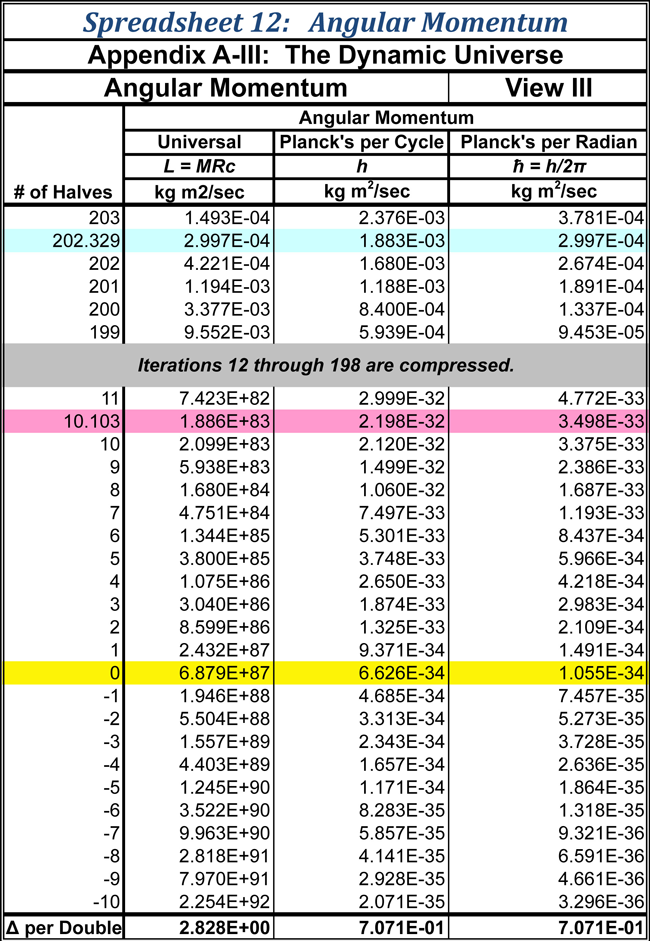Download this chapter for offline viewing (no videos, 1MB)
Download this chapter for offline viewing (includes video content, 30MB)
Angular momentum is built into the fabric of the Universe. Planck’s “constant”, which became the foundation for quantum mechanics, is a measure of quantum angular momentum. It unitizes all events into their quantum subunits. Angular momentum is also an integral part of the macro Universe. When all angular momenta, both macro and micro, are added, a universal quantity for angular momentum is obtained.
Angular Momentum
Momentum is the inertia of a mass in motion relative to a selected reference frame. Momentum is designated by the symbol p. Its formula is: p = mv. Its units are kg m/s.
Angular momentum (L) differs because it is the momentum relative to another mass or mass center. Its position is denoted by r or radius since its measurement is usually related to curved or circular motion relative to that mass. Its formula is: L = pr or L = mvr. Like energy, angular momentum is a conserved quantity.
Discrete Units
Max Planck discovered that energy moves in distinct unit quantities called quanta. Waveforms are composed of these individual units. He determined that a quantum was a unit of angular momentum. When the angular momentum unit was multiplied times the frequency, the result is the energy of the waveform.
Planck’s angular momentum became known as Planck’s constant, but as seen here, it is not a constant over the history of the Universe. It is an extrema quantity, and is composed of other extrema quantities. The units for angular momentum are:
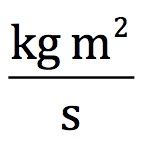
If we take the Planck-Wheeler quantities with these units, we can derive Planck’s angular momentum:
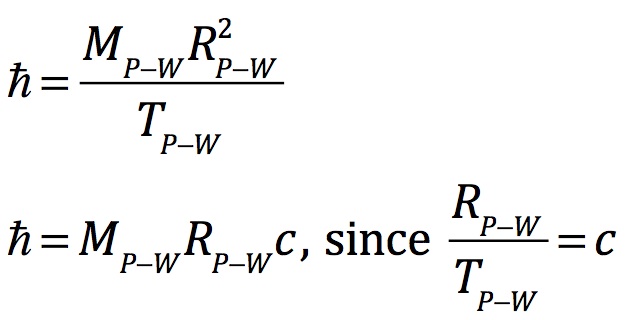

The Foundation of a Waveform
A wave is circular motion stretched out through time. It becomes a systematic oscillation. This oscillation has an imbedded angular momentum that is quantum in character. The angular momentum is unitized in Planck’s quanta.
Planck’s angular momentum is the anchor to quantum mechanics. Quantum mechanics dictates how events are formed. Their creation comes from the quantum mechanical probability structure.
Rotation is structured into the physics of the Universe. In matter it contains energy through the electromagnetic, weak and strong forces. The angular momentum of that rotation is the counter balance to force. This rotation angular momenta come in Planck units. The stretching out of this rotation through time creates the waveform. In this way the Universe forms discrete events.
The zero layer of the Universal Black Hole is a layer between the outer progenitor universe and our Universe within. This layer is a teeming array of Planck length waveform potentials. The Universe tunnels into the imaginary space of the Planck layer (iy of the Gaussian plane) and pulls in one quantum angular momentum unit at a time. These are stretched out in time by the wave’s resident frequency (ω) within our Universe depending upon the quantum mechanical properties of the impulse and the energy of the waveform.
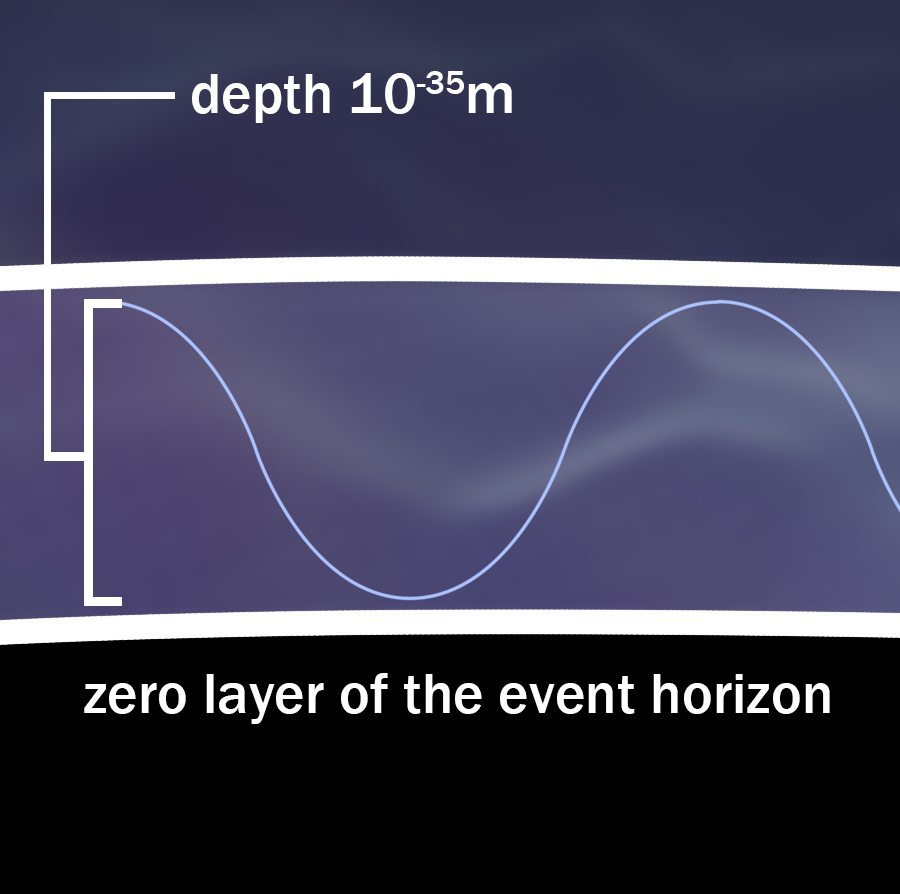
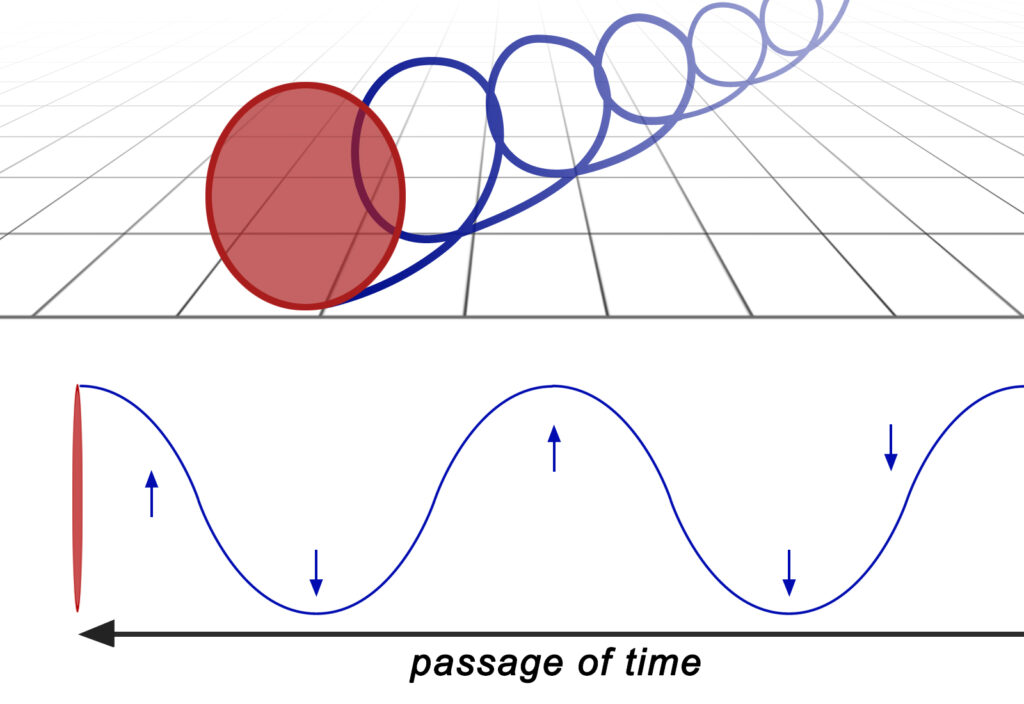
Planck’s Angular Momentum Over Time
Angular momentum is a mass, time and space measurement. As these components have changed over the history of the Universal Black Hole, so has the Planck quantity. If we look at the foregoing formula for ħ, we can see how this quantity has changed through history.
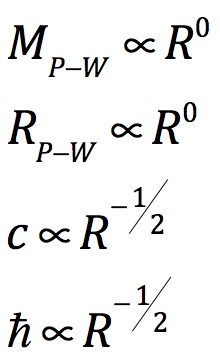
Of these factors only c has varied with the expansion. Since the velocity of light has changed to the -1/2 power with time, so has Planck’s angular momentum.
The value of ħ at the CBR event was:
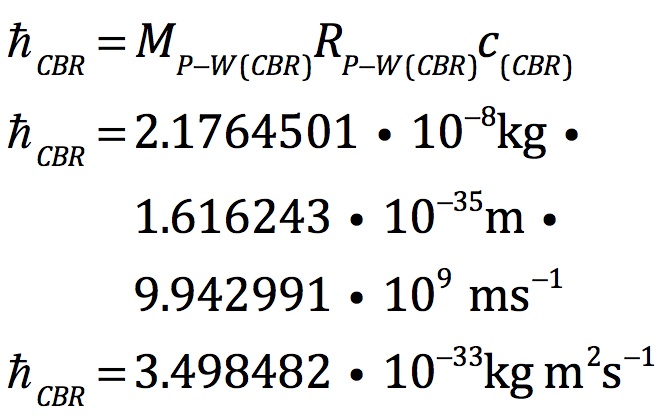
The value of ħ at the Big Bang was:

The Summation of Quanta
Louis de Broglie theorized that every mass is composed of waveforms. Matter, energy, and the Planck-Otto units left in space all have waveforms composed of Planck angular momenta. When the total of these waveforms are summed, the result is the total angular momenta of the Universe. This number is another absolute for every radii of the expanding Universal Black Hole. The summation of the Universe’s total angular momenta subunits becomes a universal quantity. The designation for the Universe’s total angular momenta is LUniverse or just L. Its calculation is:
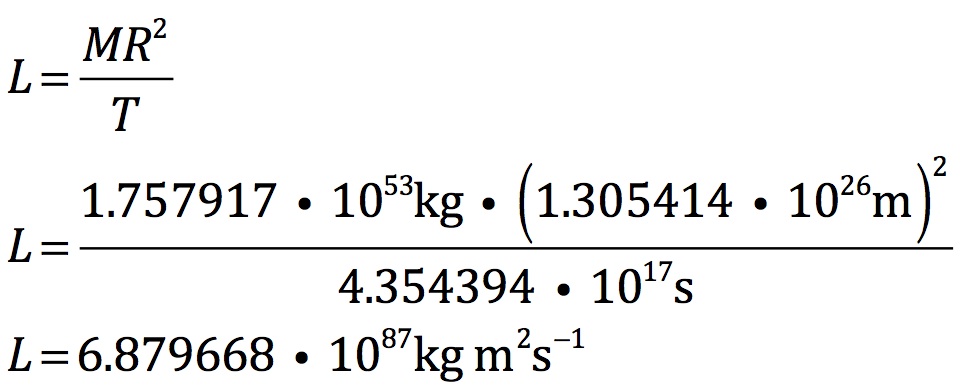
L comprises the mass of the Universe times the square of the radius of the Universe divided by the Universe’s age. This is the summation of the active quanta at any one instant. It is the event creating potential of the Universe.
While this is derived from the summation of quantum angular momentum, it also includes the total angular momenta of all the astronomical bodies within the Universe.
Angular motion increases the relative velocity of the matter-based waveform. This reduces the flow of time relative to the ambient flow for the entire Universe. Consequently, the greater the macro angular momenta the less the quantum angular momentum due to the slowed time. In combination the quantum and macro angular momenta equal L.
Angular Momentum Over the History of the Universe
Like every other universal factor in the physics of the Universe angular momentum also is a product of its components. We can once again look at the variation in those factors in its formulation and determine its change over the Universe’s history:
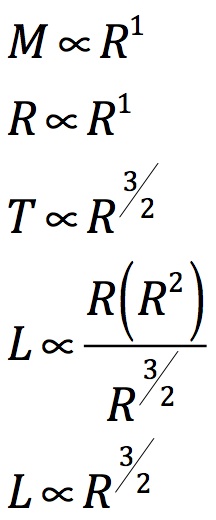
The total angular momentum for the Universe at the CBR event was:
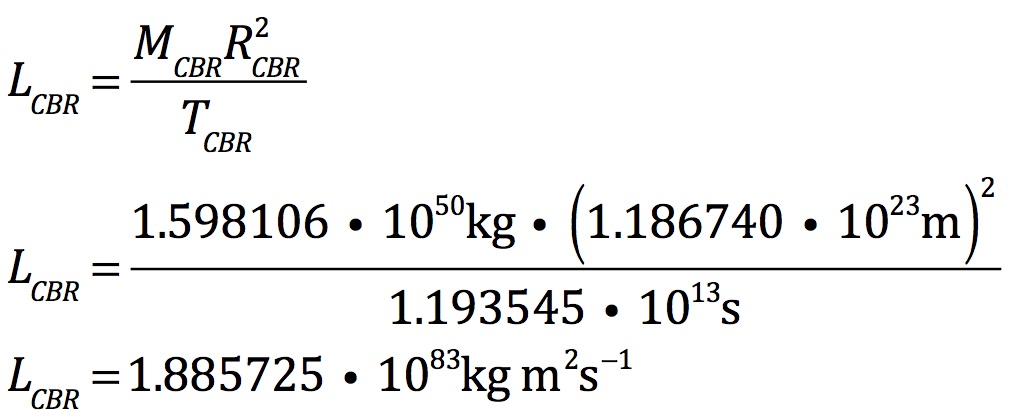
The total angular momentum for the Universe at the Big Bang was:
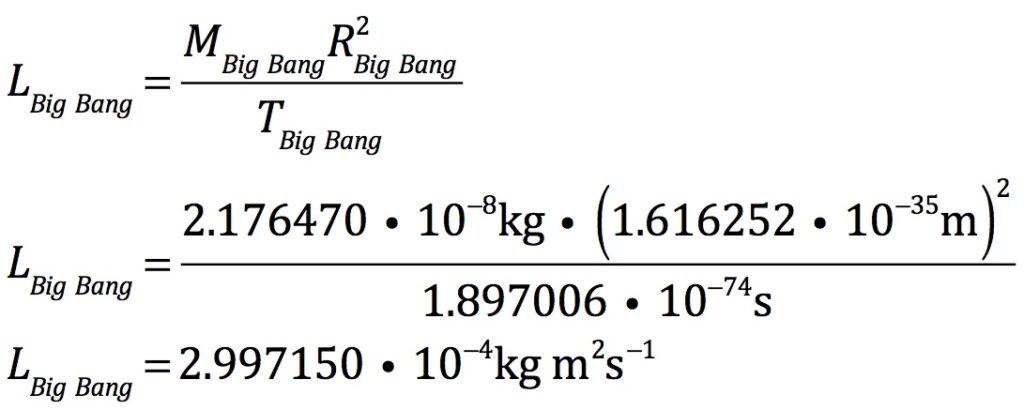
The initial quantum content for the entire Universe at the Big Bang was equal to Planck’s angular momentum. This would be expected since the Big Bang was the first event, and the total angular momentum for the Universe was equal to Planck angular momentum.

The current value of L is approximately 1090 times the initial angular momentum of the Universe. This is proportional to the change in the Universe’s radius to the 3/2s power.
Macro Angular Momentum and Its Quantum Components
What does it mean to say there is an identifiable angular momentum for the entire Universe? Are we referring to a summation of all the quanta in the individual waveforms or are we talking about the total macro-angular momenta related to galaxies, stars, planets, etc. The latter seems to be individualized to the gravitational system while the former depends upon the quantum world outside of gravity.
The answer is both. When objects are in motion whether linear or circular, their time flow slows relative to the ambient flow of time. Special Relativity is the adjustment factor that causes angular momentum to maintain the universal quantity determined here. Slowed time causes frequency to slow relative to that ambient time flow. Gravity itself causes slowed time. As an example, the light frequency of an object near the event horizon of a black hole declines to zero relative to an observer in flat spacetime.
In the early Universe almost all angular momenta were quantum since the dominant net motion was a unified expansion. At this time, the Universe was entirely electromagnetic radiation and subatomic particles. There were no macro-gravitational bodies. There probably existed large-scale compression sound waves and a slight beginning to gravitational imbalance and rotation, but the overwhelmingly dominant angular momenta was embodied in the waveforms of light and subatomic particles.
Over time, slight imbalances in the primordial plasma caused gravitational systems to form. As these were created, gravity segregated the universal mass into rotating objects within revolving systems. Circular motion became the counterbalance to gravity.
The Special Relativity and General Relativity time slowing decreases the quantum frequency contributed by the electromagnetic, weak and strong forces. The slowed macro-time flow of rotating objects changes the balance between macro and quantum angular momentum. In this way the Universe always maintains an identifiable macro frequency.

If a hypothetical universe had subatomic particles expanding with no other circular movement, it would have the same total angular momenta as we have in the actual Universe where individual movement within causes experiences that are other than in ambient time.
Energy is a conserved quantity for the Universe. Angular momentum at the Big Bang was the Universe’s energy multiplied by its age. That relationship still exists.
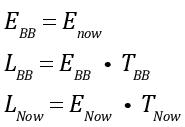
Angular momentum is absolute for any moment in the Universe. The allocation between quantum and macro angular momentum is both a cause of General Relativity and Special Relativity and an effect of the time adjustments produced by these concepts.
